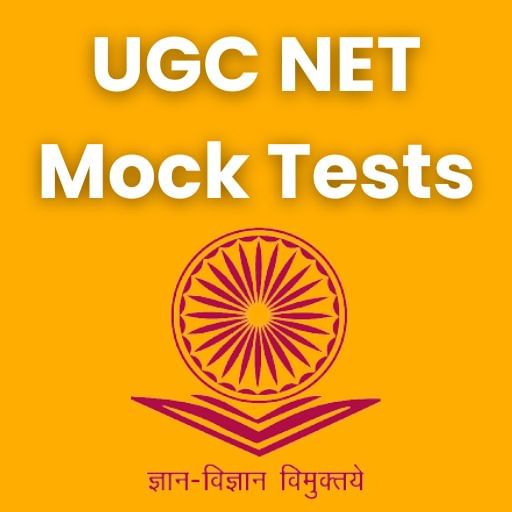State Space Representation of MIMO System - Civil Engineering (CE) PDF Download
Why State Space Control is Required
- Transform method of controller design is generally suitable for designing simple analog control circuits for SISO (Single input single output) system). Control of a realistic system may require many sensors and actuators and since all of them are related with a single system, their performances are coupled. Hence, design of multiple decoupled SISO controllers is not feasible in such cases.
- Moreover, transform method is difficult to implement for a MIMO system, since for m number of actuators and n number of sensors, one will have mn number of transfer functions and one has to design as many controllers for the system. With the advent of computers and computer based digital control, one can design control systems for the MIMO systems directly in the time domain. The governing equation of motion in such linear dynamic systems is represented as a set of first order differential or difference equations commonly known as state space representation of the system.
Formal Definion
Knowledge of the state variables defines the initial, current and future response of a system. An n - dimensional state-space is defined as the space generated by the smallest set of linearly independent variables x(t0 )…..xn (t0 ) at t=t0 ( n states of the system), which, together with the m number of given inputs u1 (t)….um (t) for t=t0 determine the states at any future time t>t0 . The standard form of state-space equations is expressed as (24.1)
where, x represents the n -dimensional state vector, y the output vector, u the control input, A the system matrix, B the actuator influence matrix, C provides the sensor influence matrix and D the direct transmission matrix. Usually, D is considered as zero except for feed-forward systems. The example in the next slide shows how to obtain the state-space representation of a multiple degrees of freedom system
Example
Consider a two DOF vibrating system supported on friction-less wheels as shown in Fig. 24.1. Obtain the state space representation of the system.
Figure 24.1: 2 DOF vibration system
Solution The equation of motion of the 2 DOF system may be written as: (24.2)
Consider the state vector x as:
Eqn 24.2 could be expressed as a set of four first order ODEs with respect to the above state vector. The ODEs could be written as: (24.3)
The output measured by the sensors may vary from case to case. For example, considering a case, where, velocity of the first mass and the relative displacement between the two masses (x1– x2 ) are only measurable. The equations could be now expressed in matrix-form resembling Eqn. (24.1) as
State-space systems representing a set of ODEs as the state equation could be solved using standard mathematical techniques. One simple form is discussed here for the sake of brevity. Pre-multiplying the state space equation 25.1 by the matrix e-At we get:
Integrating the above equation from 0 to time t (24.5)
The matrix eAt is known as the state transition matrix since it transforms any initial state x (0) to states at any time t, and is denoted as The state transition matrix is unique for each dynamic system and could be computed by inverse Laplace transformation of the matrix (s I - A) as
(24.6)
The eigen-values of the plant A could be obtained by finding out the roots of the polynomial equation (24.7)
Eqn. (24.7) is also known as the characteristic equation of the open-loop system. The roots of the characteristic equation could be plotted in a real vs. imaginary-plane ( s -plane). For a stable open-loop system, these roots are always situated in the left side of the imaginary axis in the s -plane.
The Root Locus method
The root locus method is used to study the change in the pole-location of a closed-loop system in the s-plane with respect to the change in the control-gain. A simple closed loop system is described as follows:
Figure 24.5
Following the block-diagram, the error E(s) is
E(s) = R(s) – H(s) C(s) (24.9)
Again
C(s) = K G(s) E(s) = K G(s) [R(s) – H(s) C(s)] (24.10)
Hence,
C(s)/R(s) = K G(s) /[1+K G(s) H(s)] (24.11)
Equation (24.11) is known as the closed-loop transfer function for a negative feed-back system. The characteristic equation corresponding to a unity feedback (H(s) =1) for the above system could be written as
1 + K G(s) = 0 (24.12)
The above equation could be expressed in terms of magnitude and phase as follows: (24.13)
Using the phase relationship of the above equation, one can plot the locus of the roots of the characteristic equation as K varies from 0 to infinity.
The following are the basic rules used for plotting the root-locus corresponding to a transfer function having n open-loop poles and m open-loop zeros.
1. The n branches of root-locus start at the n open-loop poles and out of them m branches end at the m open-loop zeros, while the n-m branches end at infinity.
2. On the real axis, the root-loci exist on the left side of odd number of poles and zeros.
3. The root locus is symmetric about the real axis.
4. The asymptodes of root-locus at infinity have the following real-axis intercept s and angle θ:
where, P and Zs are finite poles and zeros already defined by Eqn.24.5.
5. The angle of arrival and departure from the poles and zeros are calculated by choosing a point very close to such desired poles and zeros. Now, using a simple graphical technique, vectors are drawn to the desired pole/zero from all the other poles and zeros. Adding the angles of the zeros and subtracting that of the poles the net angle is obtained at the point as θnet . Subtracting this angle from 1800 would yield the angle of departure/arrival of the root-locus.
6. The root-locus crosses the imaginary axis at the points where the angle of G(s)H(s) becomes equal to (2k+1)1800
FAQs on State Space Representation of MIMO System - Civil Engineering (CE)
| 1. What is the state space representation of a MIMO system? |  |
| 2. How is the state space representation different from other representations of a MIMO system? |  |
| 3. What are the advantages of using state space representation for a MIMO system? |  |
| 4. How can the state space representation be obtained for a MIMO system? |  |
| 5. Can the state space representation handle time-varying systems in a MIMO system? |  |


























